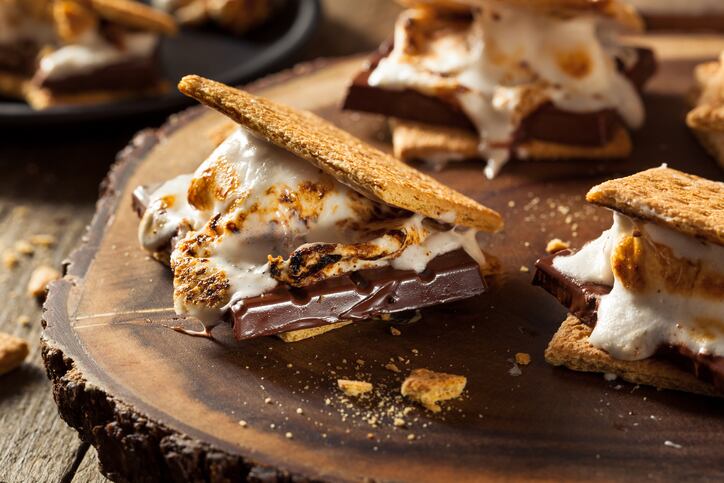Roughly 29% of consumers surveyed by IRI in March said they planned to host or attend a meal with extended family who does not live with them to mark Easter or Passover – up from 25% from last year. Likewise, the number of people gathering to share a holiday meal this spring will inch up to about seven from fewer than six last year, IRI reports.
Plans to gather with extended family is sharper among households with young children than homes with older children no children. For example, 42% of homes with children five and under plan to dine with others compared to 38% last year. Households with older children are slightly less likely to gather with extended family, but still notably more likely than those without children. According to IRI, 39% of households with children six to 12 years will host or attend a meal with extended family compared to 33% with teenagers aged 13 to 17 years and only 25% of those with no children under the age of 18, IRI’s OmniConsumer Survey Solutions conducted in March reveals.
As Americans plan their holiday meals, IRI found more than 25% report they will spend more on groceries for their Easter and Passover celebrations compared to the last year and 50% plan to spend about the same.
Inflation impacts holiday sales
However, just because consumers are spending more, doesn’t mean they are buying more. Rather, inflation, which IRI estimates is up 10% across food in the past year, likely is the main driver of higher grocery bills. Roughly 90% of consumers report their perception of grocery prices are “much more” or “a little more” than last year, compared to only 9% who perceive them to be about the same and 1% who said they were less than a year ago.
Consumers are mostly noticing higher prices among meat and produce, but milk, poultry and eggs are also near the top, according to IRI.
Despite higher prices, consumers appear to be less sensitive to price hikes for many of the premium fresh and specialty items that appear on traditional Easter and Passover menus. For example, IRI found consumers “insensitive” or “highly insensitive” to traditional favorites like chicken breast, bakery cakes, and only moderately sensitive to higher prices of beef rib, pineapple and sausage.
Higher prices are not negatively impacting confection sales
Likewise, prices have increased for chocolate and other confections that often fill Easter baskets, but volume remains relatively unaffected, according to IRI.
Data from the National Confectioners Association reinforces this with confectionary sales for Easter projected to increase 5-7% over the record-setting $4b in seasonal sales in 2021. The most popular Easter basket purchases are chocolate eggs and bunnies, favored by 44% of Americans, followed by jelly beans at 20%, candy coated eggs at 18% and marshmallow candies at 15%, according to NCA.
Indeed, IRI saw sales of each of these categories “hop” last year compared to the first Easter of the pandemic in 2020 to even surpass pre-pandemic levels. Sales of chocolate eggs last year in the seven weeks leading up to April 4 increased 15.1% year-over-year to $486.6m – slightly higher than he $432.4m in sales in 2019. Chocolate bunny sales increased 30.3% to $144.2m in 2021 compared to $110.7m in 2020 and $131.9 in 2019. Finally, jelly bean sales increased 15.1% to $91.3m in 2021 from $79.3m in 2020 and $86.6m in 2019, according to IRI.
In each year, the bulk of the sales came in the last week leading up to Easter – meaning this week will be pivotal for holiday sales, IRI noted.
Maximize promotions
While many Americans will buy traditionally holiday fare regardless of price and so far have not slowed their purchases of food and beverage more broadly due to inflation, IRI warns that a slowdown could be on the horizon.
Across edibles, IRI reports rising prices and price sensitivity due to inflation is prompting consumers to buy on deal more as illustrated by an increase in IRI’s promotion effectiveness index which reached 104 for edibles in 2021 compared to 99 in 2020.
IRI advises retailers to take advantage of this by promoting at-home entertainment ideas and giftable food and beverages, including upselling Easter basket items. It also advises manufacturers to focus promotions on holiday essentials while letting premium products that appeal to shoppers looking to enhance their holiday experience stand on their own.




